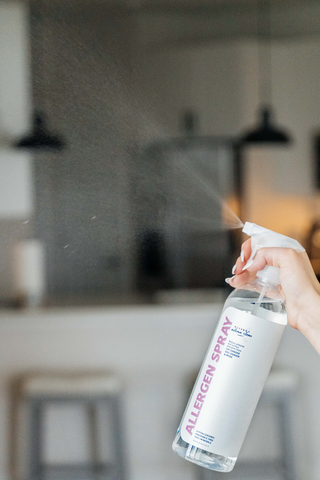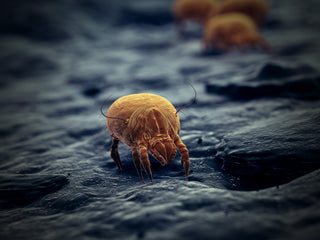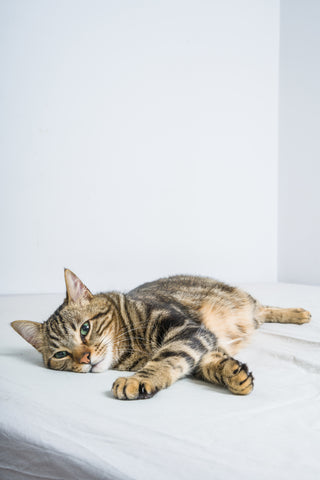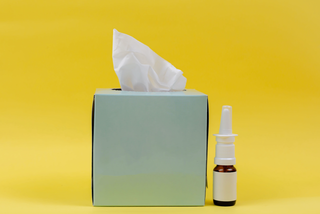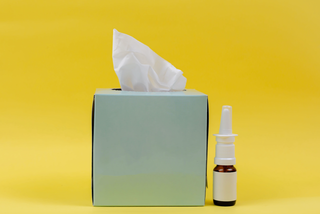Indoor air quality is a topic that often goes unnoticed, yet it plays a significant role in our overall well-being. As we spend the majority of our time indoors, whether at home, in the office, or in other enclosed spaces, the air we breathe can have a profound impact on our health. Thankfully, nature has provided us with a natural solution: houseplants.
Houseplants not only add beauty and a touch of greenery to our living spaces but also possess the remarkable ability to purify the air we breathe. These air-purifying powerhouses have gained recognition, and their effectiveness has been validated by none other than NASA.
In a groundbreaking study conducted by NASA, researchers discovered that certain houseplants possess the unique ability to remove harmful pollutants from indoor air. These plants act as natural air cleaners, combating the invisible toxins that lurk within our homes and offices. The NASA study identified specific houseplants that excel at removing common pollutants such as benzene, formaldehyde, trichloroethylene, and more.
"The following plants were tested during the initial 1989 study:
Variegated snake plant / mother-in-law's tongue (Sansevieria trifasciata laurentii)
English ivy (Hedera helix)
Peace lily (Spathiphyllum 'Mauna Loa')
Chinese evergreen (Aglaonema modestum)
Bamboo palm (Chamaedorea seifrizii)
Red-edged dracaena, marginata (Dracaena marginata)
Cornstalk dracaena, mass cane/corn cane (Dracaena fragrans 'Massangeana')
Weeping fig (Ficus benjamina)[5]
Barberton daisy, gerbera daisy (Gerbera jamesonii)
Florist's chrysanthemum, pot mum (Chrysanthemum morifolium)
Janet Craig (Dracaena deremensis "Janet Craig")
Warneckei (Dracaena deremensis "Warneckei")"1
Understanding Indoor Air Pollution
A variety of factors contribute to indoor air pollution. Common sources include volatile organic compounds (VOCs) emitted by household products such as cleaning agents, paints, varnishes, and furniture. Additionally, tobacco smoke, pet dander, pollen, mold spores, and dust mites can also contribute to poor indoor air quality. Inadequate ventilation and the accumulation of outdoor pollutants that infiltrate our indoor spaces further exacerbate the problem.
The effects of indoor air pollution on human health can be significant. Prolonged exposure to polluted indoor air has been linked to various health issues, including respiratory problems, allergies, asthma, headaches, fatigue, and even more severe conditions in some cases. Children, the elderly, and individuals with pre-existing respiratory or immune system disorders are particularly vulnerable.
It's imporant to note in the 2014 review, "While the plant's ability to take up VOCs is well documented in laboratory studies, the effect of plants on indoor air in complex environments like offices requires further investigations to clarify the full capacity of plants in real-life settings."
NASA Study on Air-Purifying Houseplants
The NASA study, conducted in collaboration with the Associated Landscape Contractors of America (ALCA), analyzed the ability of various houseplants to remove harmful chemicals from the air. The researchers focused on substances such as formaldehyde, benzene, trichloroethylene, xylene, and ammonia—common pollutants found in indoor spaces due to the use of synthetic materials, cleaning agents, and household products.
The results were remarkable. Several houseplants demonstrated exceptional air-purifying qualities, effectively absorbing and metabolizing harmful airborne toxins. Plants such as the Peace Lily (Spathiphyllum), Snake Plant (Sansevieria), Spider Plant (Chlorophytum comosum), and English Ivy (Hedera helix) emerged as top performers, showcasing their ability to combat indoor pollutants.
These air-purifying houseplants work through a process called phytoremediation, where they absorb pollutants through their leaves and roots, breaking them down and converting them into harmless substances. This natural purification mechanism not only helps improve air quality but also contributes to a healthier and more pleasant indoor environment.
The NASA study has significantly influenced the field of indoor air quality and has guided homeowners, interior designers, and plant enthusiasts in selecting the most effective plants for air purification purposes.
Top Air-Purifying Houseplants
Certain houseplants have been identified as exceptional air purifiers, effectively removing harmful pollutants from indoor spaces. Incorporating these plants into your home or office can significantly enhance the quality of the air you breathe. Let's explore the top air-purifying houseplants and their unique benefits:
Peace Lily (Spathiphyllum):
Removes common indoor pollutants like formaldehyde, benzene, and trichloroethylene.
Thrives in low light conditions, making it suitable for various indoor spaces.
Its elegant white flowers add a touch of beauty to any room.
Snake Plant (Sansevieria):
Excellent at filtering formaldehyde and benzene.
Known for its resilience and ability to tolerate low light and neglect.
Releases oxygen at night, making it an ideal bedroom companion.
Spider Plant (Chlorophytum comosum):
Effectively removes formaldehyde and xylene from the air.
Easy to grow and produces baby spider plants, adding a decorative touch.
Thrives in bright, indirect light.
English Ivy (Hedera helix):
Removes formaldehyde and benzene.
Adapts well to different light conditions, making it versatile.
Can be grown as a hanging plant or trained to climb on walls or trellises.
Boston Fern (Nephrolepis exaltata):
Efficiently filters formaldehyde, xylene, and other pollutants.
Flourishes in humid conditions, making it suitable for bathrooms or kitchens.
Requires consistent moisture and indirect light.
These air-purifying houseplants not only improve indoor air quality but also add a touch of natural beauty to your living spaces. Incorporating a variety of these plants throughout your home or office can create a healthier and more visually appealing environment.
Downsides of Houseplants
If you have a mold allergy, it's important to consider the potential downsides of having houseplants. While houseplants offer numerous benefits, they can also create an environment conducive to mold growth, which can worsen allergy symptoms. Here are some factors to be aware of:
Moisture and Humidity: Houseplants require regular watering, and excess moisture can promote mold growth. The damp soil, combined with the humidity needed for certain plants, creates an environment favorable for mold spores to thrive.
Soil and Organic Matter: Mold can develop in the soil of houseplants, especially if it remains consistently moist. Organic matter, such as decaying leaves or mulch used in potted plants, can also contribute to mold growth.
Lack of Air Circulation: Insufficient airflow around houseplants can lead to stagnant, humid conditions, providing an ideal breeding ground for mold spores.
Allergic Reactions: For individuals with mold allergies, exposure to mold spores can trigger a range of allergic symptoms, including nasal congestion, sneezing, itchy eyes, coughing, and respiratory issues.
Plants to Avoid For Allergy Sufferers
For allergy sufferers, certain houseplants can exacerbate symptoms and should be approached with caution. Here are some of the worst houseplants for allergy sufferers:
Flowering Plants: Flowering plants, especially those with strong scents, can release pollen that triggers allergic reactions. Examples include lilies, chrysanthemums, tulips, and daisies.
Ficus Tree (Ficus benjamina): The Ficus tree can produce a milky sap that contains allergenic compounds, leading to skin irritation and respiratory issues for some individuals.
Ferns: While ferns are generally not pollen producers, their spores can be a source of allergens for some people, causing respiratory symptoms.
Certain Grasses: Some grass-like houseplants, such as the decorative grass known as Baby's Tears (Soleirolia soleirolii), can produce pollen and cause allergies.
Pine trees can trigger allergies in some individuals due to the pollen they release, causing respiratory symptoms and allergic reactions
While houseplants offer beauty and benefits, it's essential to be aware that certain plants can be hazardous to babies and pets.
Certain houseplants can effectively improve indoor air quality, it is crucial to address the source of pollutants as well. Factors such as paint, car exhaust, off-gassing, and more contribute to indoor air pollution. Taking proactive measures to reduce these pollutants should be the primary line of defense. This includes relocating paints and harsh chemicals to the garage, frequently changing air filters, using vent hoods when cooking, allowing furniture to off-gas in a separate room, painting nails outdoors, and closing windows and doors if living near a busy road. If you do not have allergies to mold or specific plants, incorporating a few houseplants can complement your efforts in enhancing indoor air quality.
Source:
1. https://en.wikipedia.org/wiki/NASA_Clean_Air_Study









